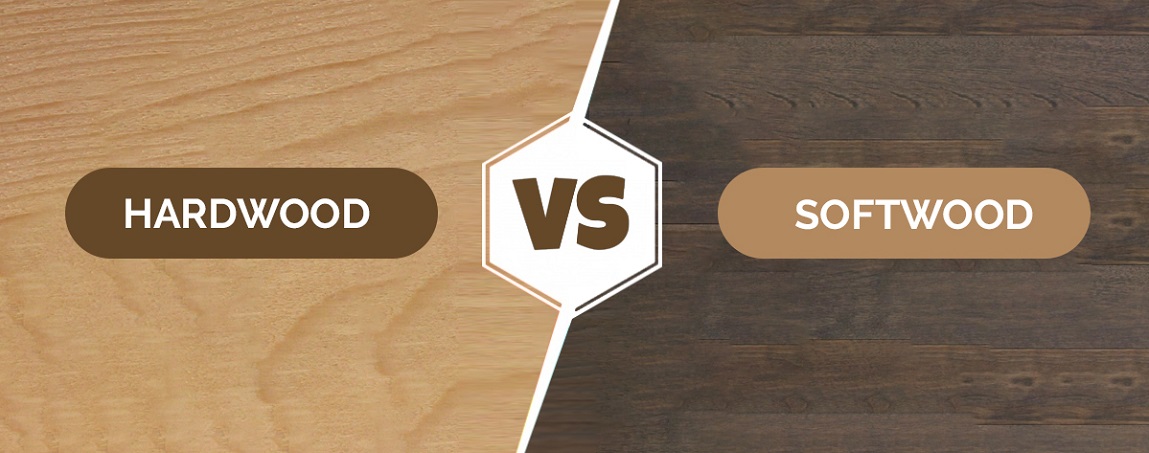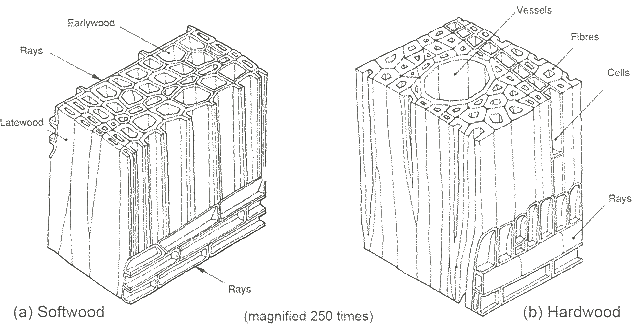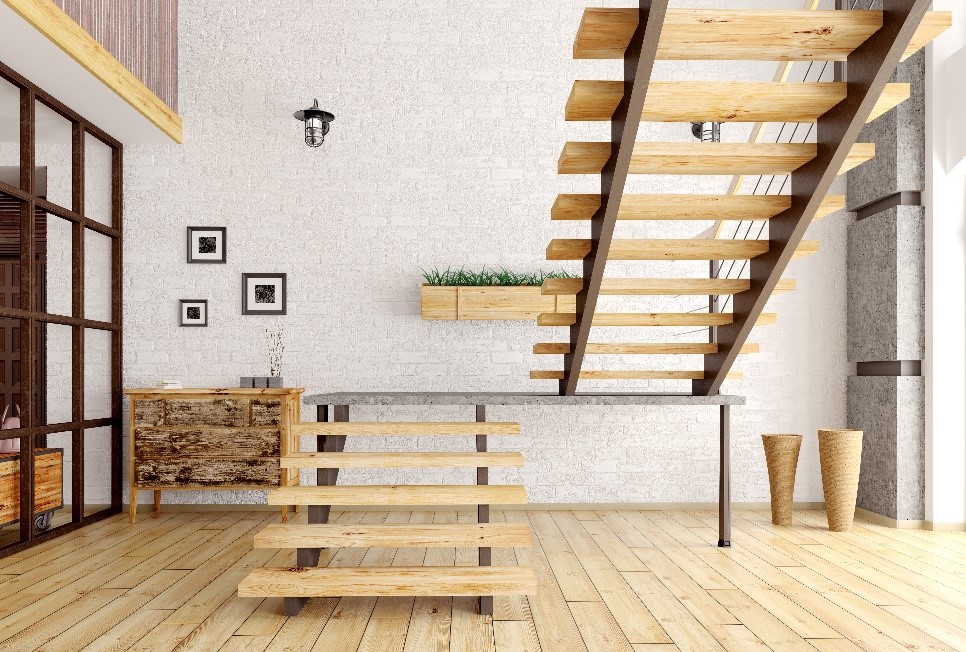In terms of fire resistance capabilities hardwood beats softwood by a high margin which is something to consider if fire hazards concern you.
The essential difference between softwood and hardwood is that.
In general terms the names hardwood and softwood do make sense to some extent.
Hardwood has a slower growth rate.
Below is a quick guide on softwood vs hardwood and how you can tell the difference between hardwood and softwood.
In general hardwood comes from a deciduous tree which loses its leaves annually and softwood comes from a conifer which usually remains evergreen.
The distinction between the two woods lies within their reproduction.
Hardwood trees grow a lot slower than softwood trees leading to their dense genetic makeup.
Hardwoods tend to be slower growing and are therefore usually more dense.
Hardwoods also attend to split when you drive in a nail which is not the case with softwoods.
Softwoods tend to keep their needles throughout the year.
Softwoods are conifers which have needles rather than traditional leaves and retain them through the winter.
Each timber species is unique and features a different texture grain and density all of which have their own list of benefits.
Softwood trees do not have broad leaves but rather have needle like leaves.
Evergreen trees yield softwood which is easier to cut and work with whereas deciduous hardwood trees are denser sturdier and relatively more difficult to work with.
Hardwoods shed their leaves over a period of time in autumn and winter.
And while generally speaking the average hardwoodis a good deal harder and more durable than the average softwood there are examples of deciduous hardwoods that are much softer than the hardest softwoods.
Softwood has a faster rate of growth.
Hardwood is typically more expensive than softwood.
That s why anglian offers windows from a range of timber species.
Trees that produce hardwood are known as angiosperms and produce seeds that are covered either with a skin or a shell.
Softwood trees are known as a gymnosperm.
Softwoods on the other hand come from trees that are known as gymnosperms.
Softwood is typically less expensive compared to hardwood.
Whether timber is hardwood or softwood all comes down to the timber s origin.
Softwood refers to wood that comes from a specific type of tree known as gymnosperms gymnosperms or naked seed refers to a group of plants that have exposed seeds.
They are generally evergreen meaning that they do not shed their leaves in the fall and do not become dormant during winter.
Hardwood comes from a tree called the deciduous tree which produces seeds with a form of covering whilst softwoods are gymnosperms which let seeds fall to the ground as they are with no covering at all.




























